Mirpur metamorphosis: From a backwater to an economic hotspot
Mirpur was best known as a garment manufacturing hub, a crime zone with rough roads, dirty alleyways, rundown buses, a capital of slums called home by apparel workers and a poor township marked by nondescript houses.
And people, who have been living in that part for decades or were born and raised there, used to say jocularly that they were going to Dhaka whenever they visited the city centre. Residents in other parts of the city would have thought twice before they agreed to attend social events in Mirpur.
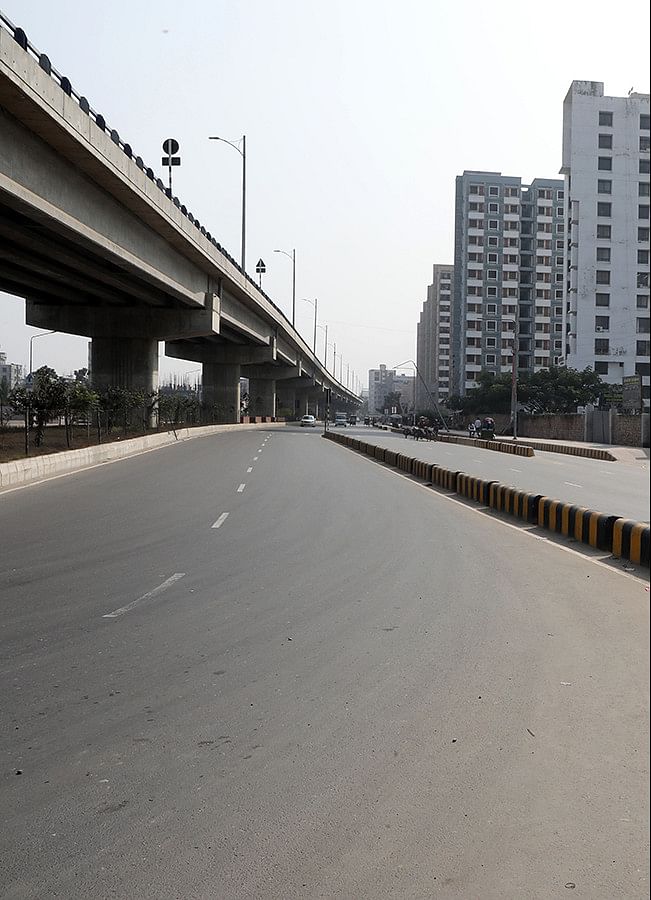
Mirpur's old identity has disappeared in the past two decades or so and it is now perhaps the fastest-growing part of the capital, with new skyscrapers, condominiums, shopping malls and retail stores. Opportunities to cash in on its phenomenal growth abound.
Mirpur, now a burgeoning business and residential zone, is surrounded by Shah Ali, Pallabi, Sher-e-Bangla Nagar and Darus Salam.
Even before Mirpur wore the new look, it already had the biggest zoo in the country, attracting thousands of visitors every day. The botanical garden woos nature lovers. The Rokeya Sarani, stretching from Taltola to Mirpur-10, has long been the biggest hub of furniture shops.
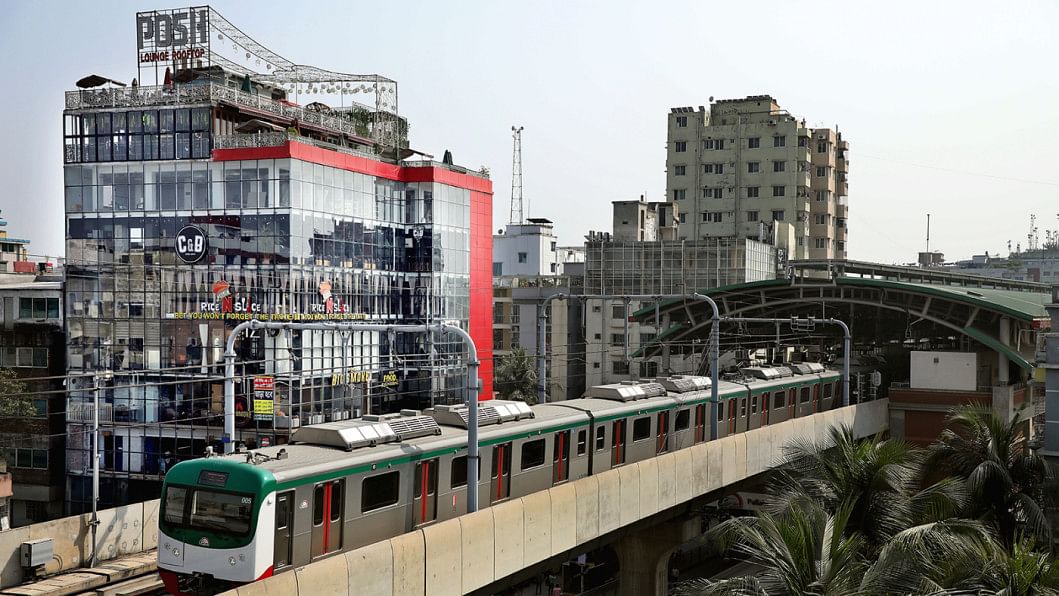
The country's largest sari market known as Benarasi Palli, a cluster of shops selling decorative traditional garment items, is located in Mirpur.
Bangladesh Milk Producer's Co-Operative Union Ltd which sells dairy products under the brand Milkvita began its journey from Mirpur in 1973.
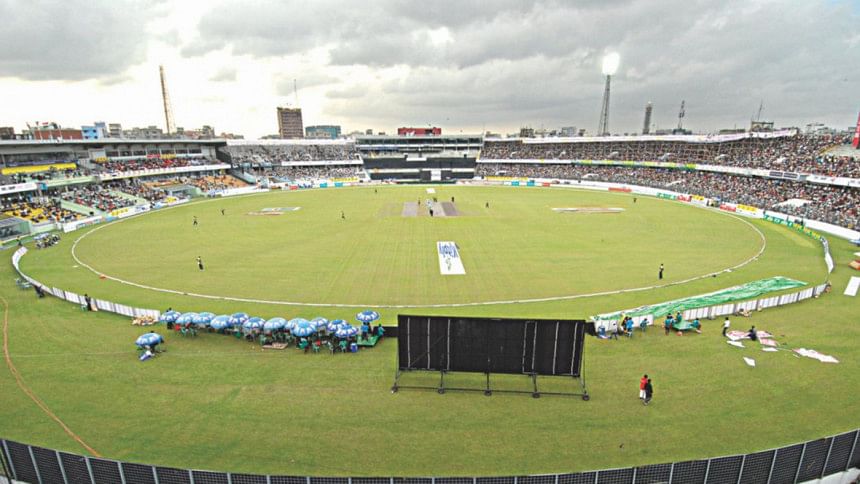
Since 2005, the Sher-e-Bangla National Cricket Stadium has been an international cricket ground and is the "home of cricket" for Bangladesh. It has hosted world cups and bilateral series and witnessed some memorable victories against mighty opponents, spreading the name of Mirpur beyond the border.
The modern Mirpur is mostly centred around the stadium. Because of the World Cup, the surrounding roads and infrastructure have got a facelift.
Mirpur's path to transformation appeared after the government decided to shift most of its offices to the Agargaon and Sher-e-Bangla Nagar areas, moving away from the gridlock in Motijheel and Paltan. Many government departments have already moved there, turning the area into the country's administrative hub.
The biggest fillip the neighbourhood got was when the government started constructing the country's first metro rail right through the middle of Mirpur. Metro rail services have eliminated the notorious traffic jam that the dwellers of Mirpur had suffered for decades.
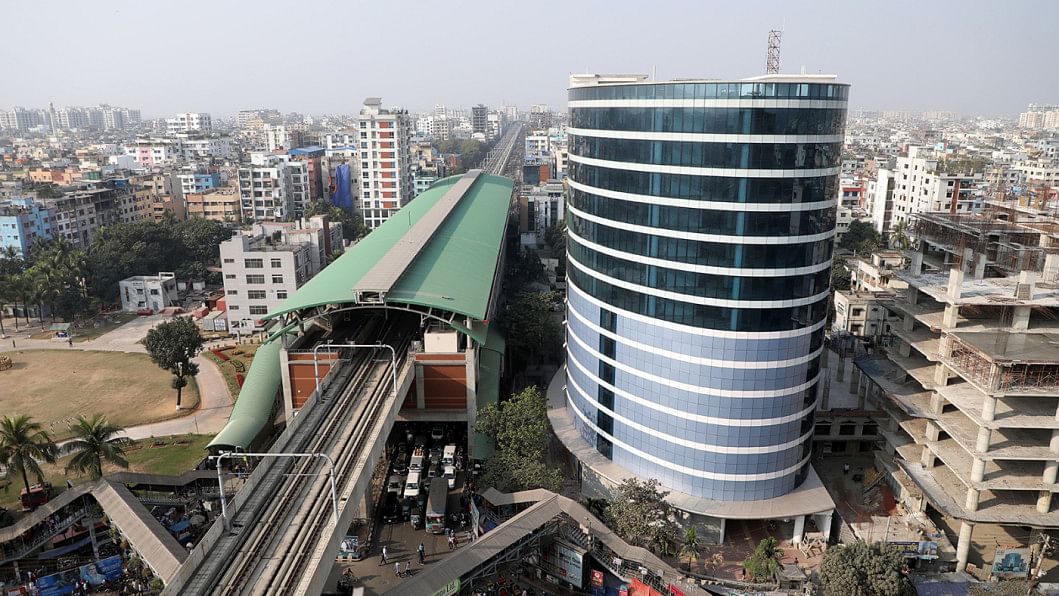
ABM Golam Mawla's family used to live in Karachi before Bangladesh's independence as his father worked there. Before the Liberation War, his family moved to Mirpur and bought a piece of land.
"If you were looking to buy a good-quality panjabi a decade ago, your options were the markets in New Market and New Elephant Road. For shoes, it was Gulistan. But now, all the top brands have outlets here," said Golam Mawla, a 61-year-old resident of Pallabi, a residential area.
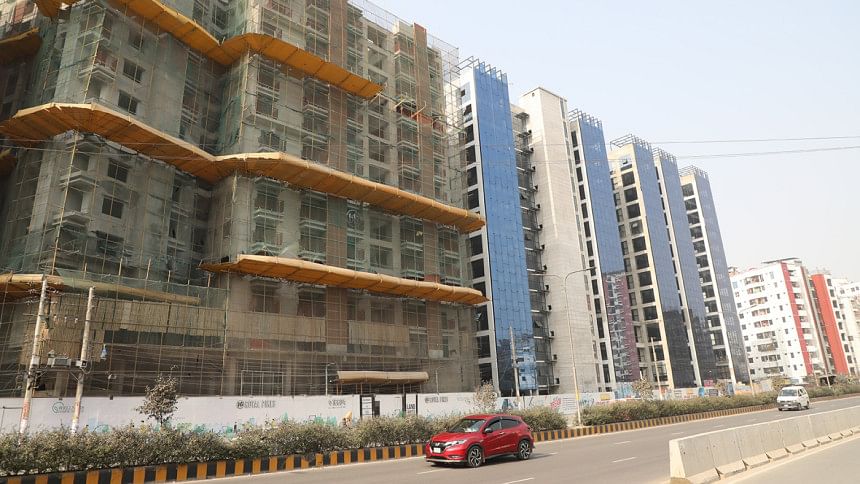
"There was a time when not many people could be found outside of their houses after 9:00pm. Now, the streets are even crowded in the middle of the night," he added.
In and around Mirpur, there are good-quality schools and hospitals. The BIRDEM Hospital, the National Institute of Neurosciences and Hospital, the National Institute of Traumatology and Orthopaedic Rehabilitation, the National Institute of Kidney Diseases, the National Institute of Ophthalmology and Hospital, the National Institute of Mental Health, and Dhaka Shishu Hospital, are easily accessible to Mirpur residents.
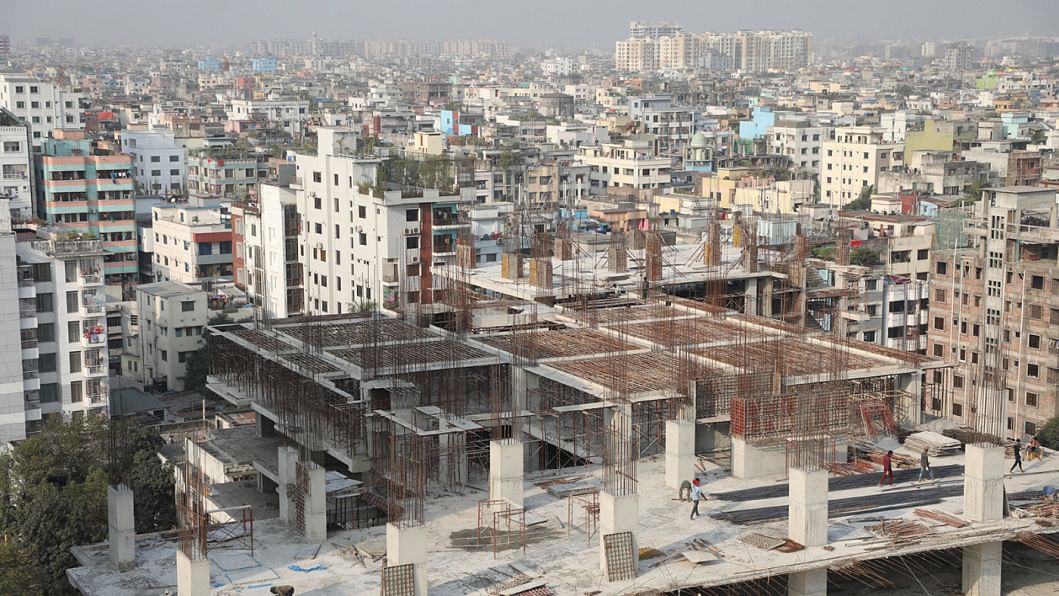
Scholastica, a top English medium school, opened its Mirpur campus in 2010 to cater to the needs of quality education for the students who live in the neighbourhood and nearby areas, said Nurun Nahar Mozumdar, the principal of Scholastica's senior campus at Mirpur.
Mirpur is a hotspot of economic activity. "People belonging to the middle-class live here. As a result, economic activity is high in the area," said Kamruzzaman Kamal, director of marketing at PRAN-RFL Group, a corporate giant with its presence in food and beverage, plastic products and agricultural machinery.
"It was an underdeveloped area. However, in the last 15 to 20 years, Mirpur has developed massively," he added.
Mawla also said the growing popularity of Mirpur is evident from its rocketing property prices.
Around 1995, flats in Mirpur used to be sold at Tk 5,000 to Tk 6,000 per square foot. Now, it is as much as Tk 15,000, he added.
Real estate giant bti's first project in Mirpur was completed in 1998. "The project was taken to find out the taste of the people. Transport communication was not as easy as it is today," said FR Khan, managing director of bti.
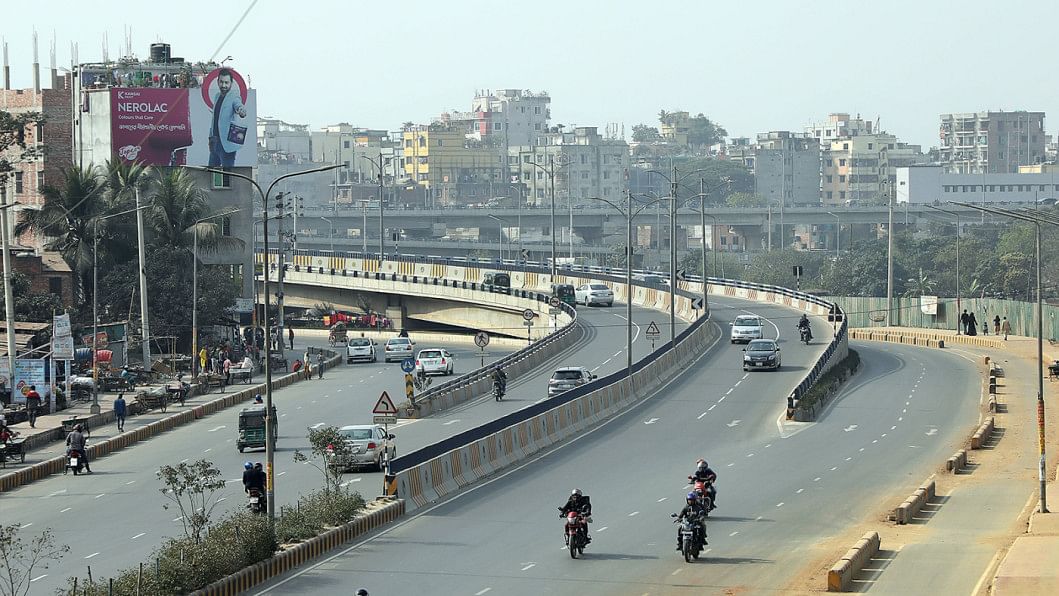
Soon after the establishment of Mirpur DOHS, the demand for housing has continued to increase, he said. So far, bti has built 25 buildings in the neighbourhood.
"Now I get lost when I go to Mirpur. So much has changed in the last two or three decades," Khan added.
Abdun Nur Tushar, a physician and a TV personality who has been living in Mirpur for 51 years, recognises the progress the locality has been witnessing in the last few years. But there are flaws too.
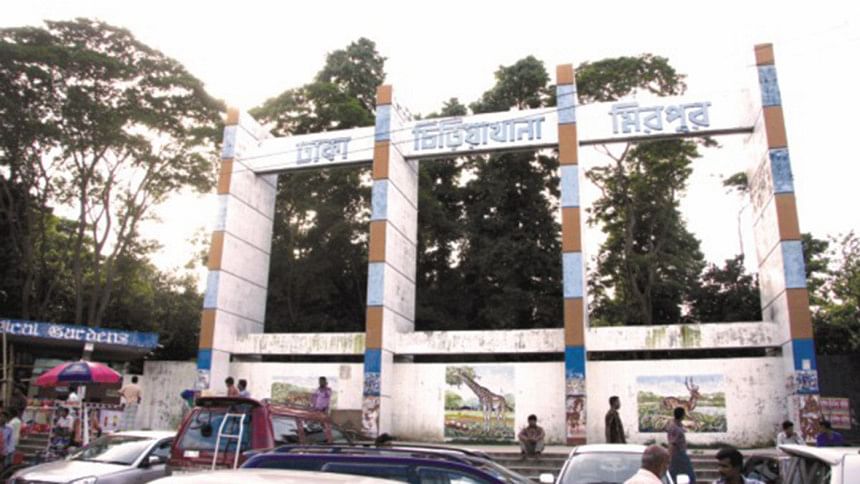
"Playgrounds are being grabbed. Earth-filling is going on in waterbodies unchecked. Mirpur's Amin Bazar has been turned into a dumping ground for waste," he said.
"When I came to Mirpur, the air and water quality was good. There were trees on both sides of the road. Those are just past now," he added. "If the quality of life does not improve, what will we do with the branded shops?"
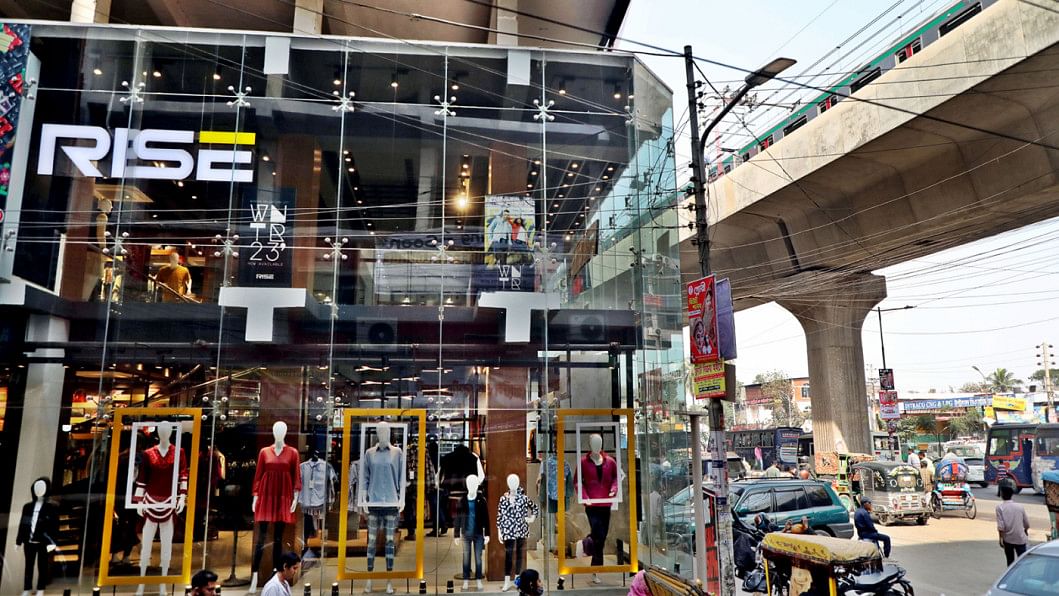

 For all latest news, follow The Daily Star's Google News channel.
For all latest news, follow The Daily Star's Google News channel. 

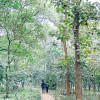
Comments